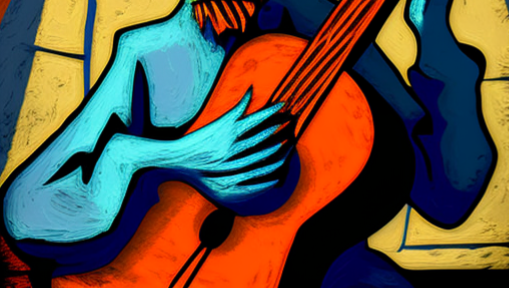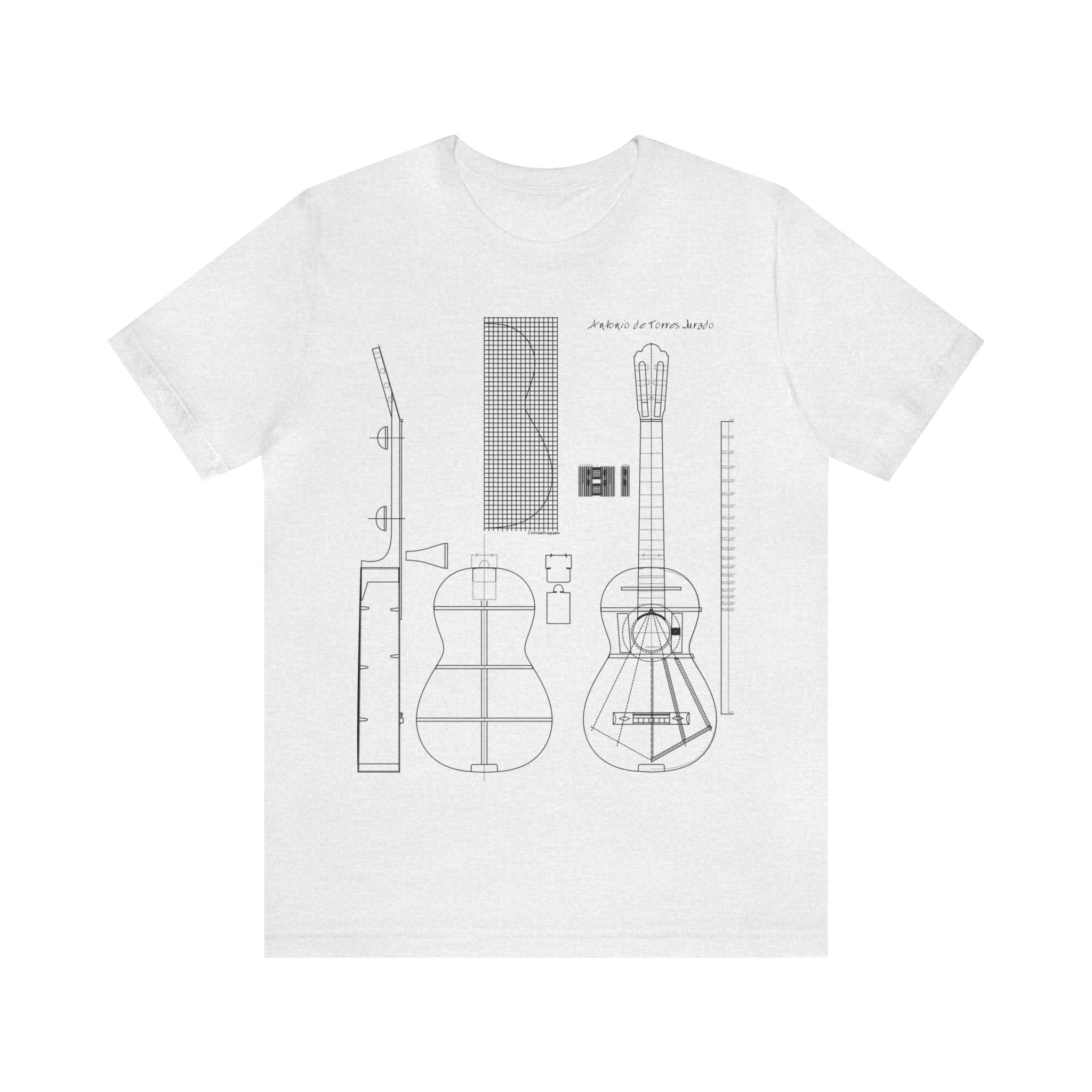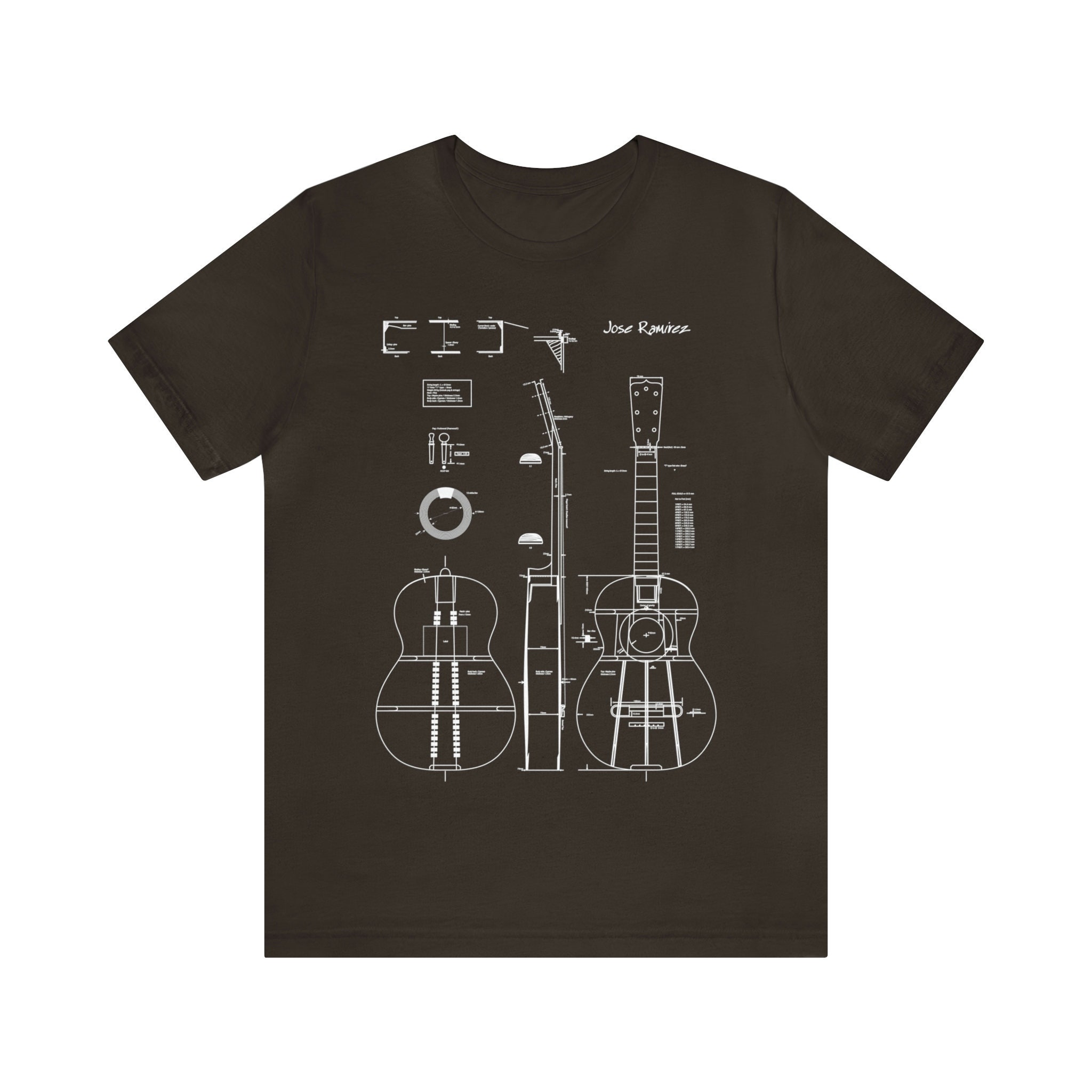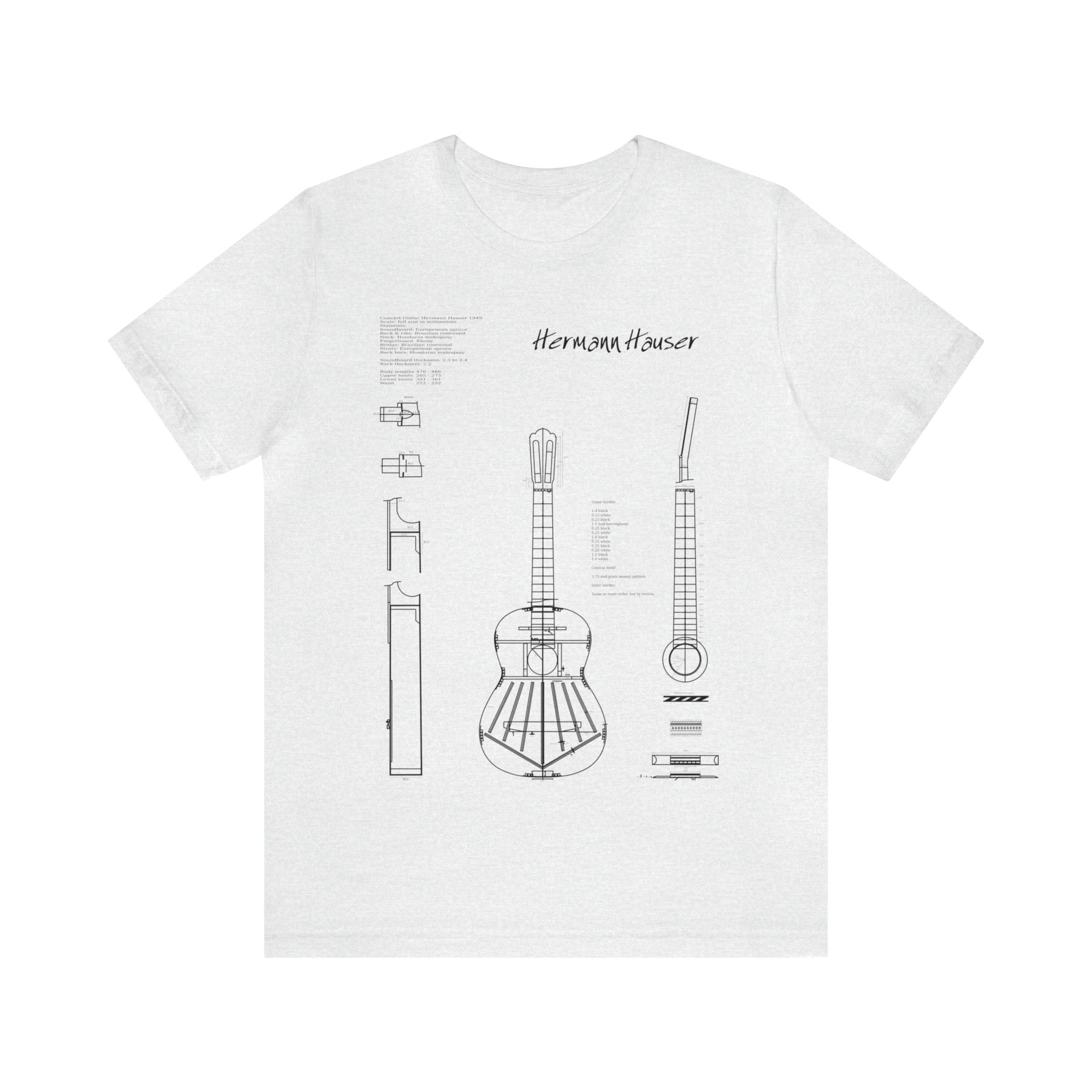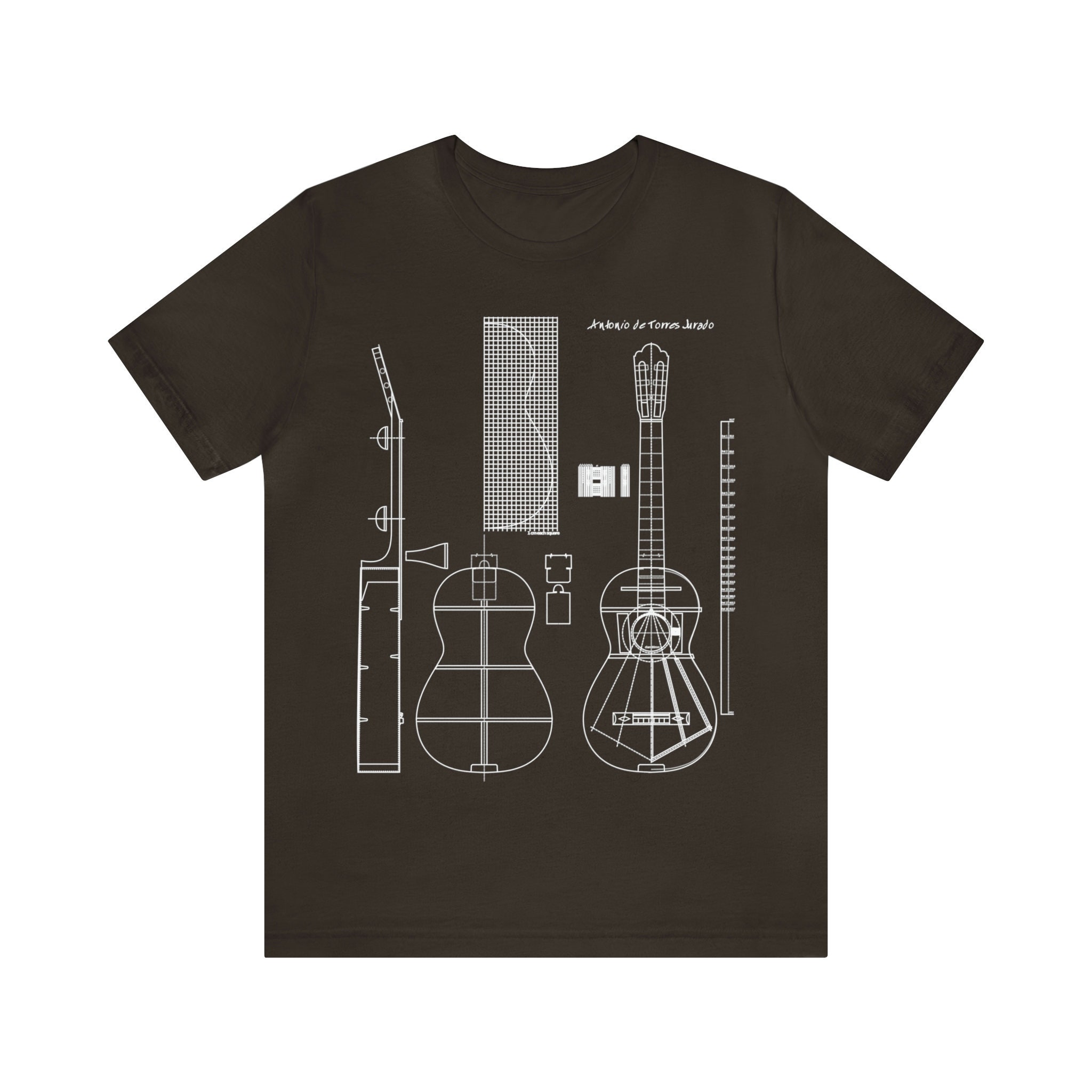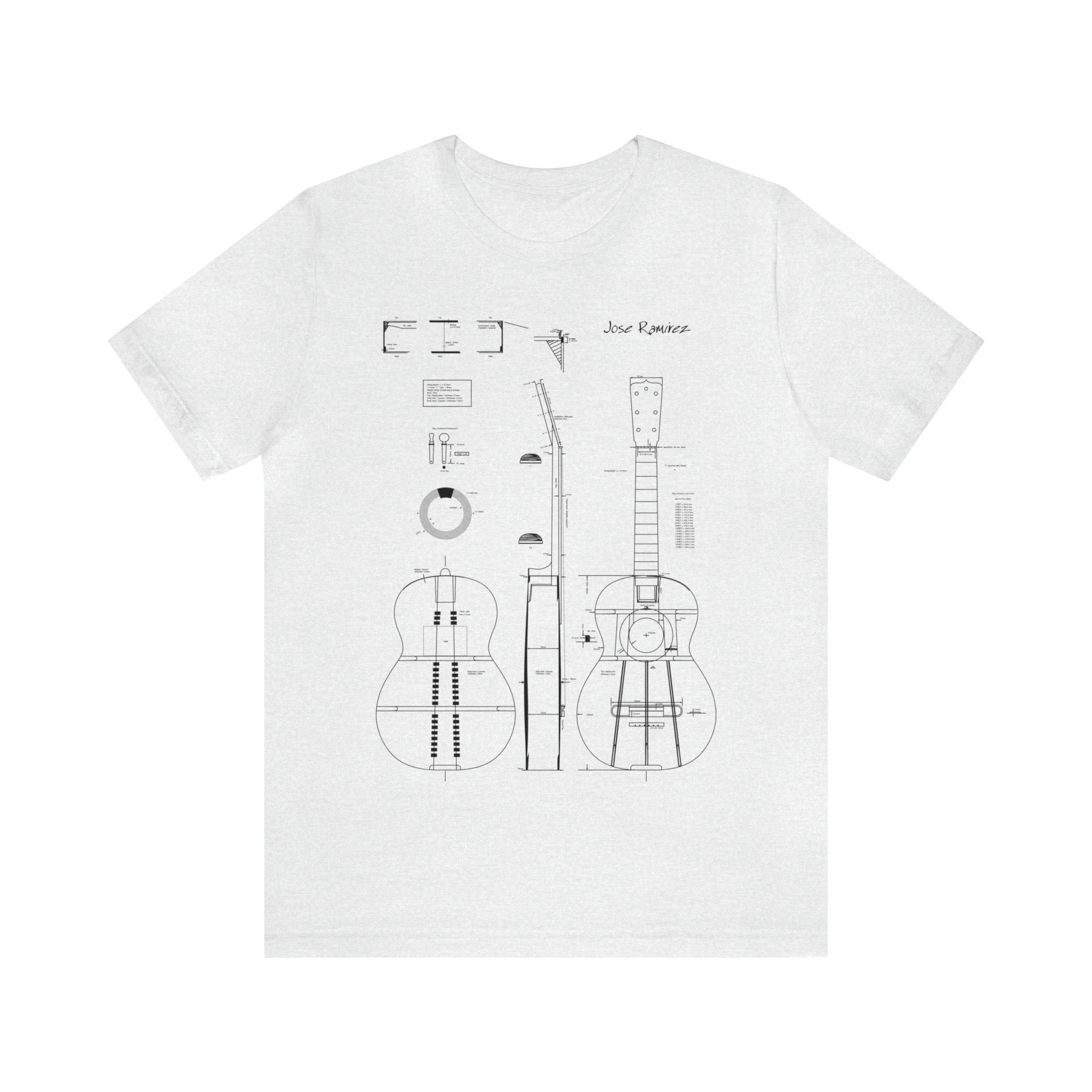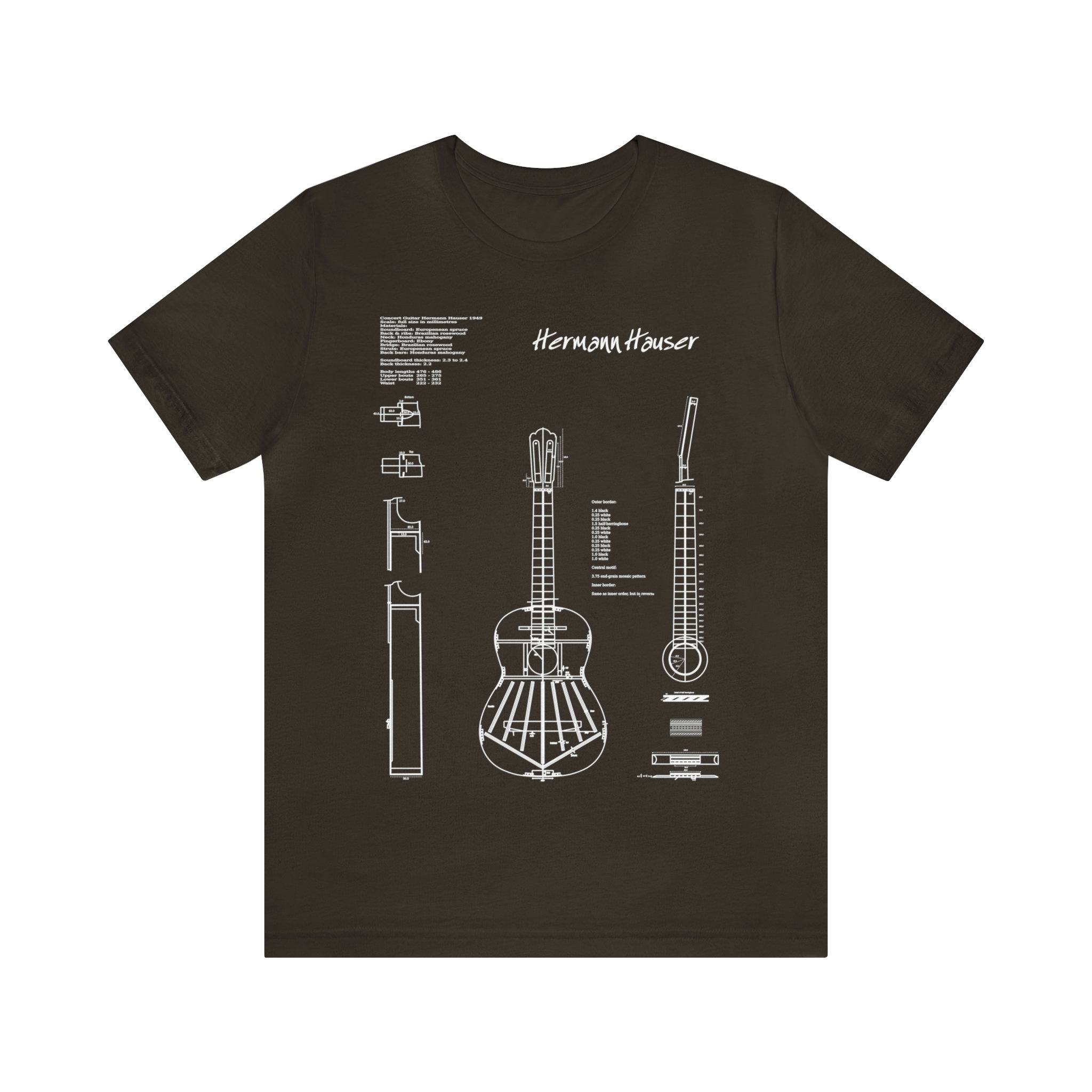As a guitarist, having a stable hand is crucial for achieving accuracy and precision in your playing. In fact, it may be the most important factor when it comes to the right hand. An unstable hand can lead to countless silly mistakes that can easily be avoided by maintaining a stable hand position.
Playing within the small space of the guitar, with six strings that are relatively close together, requires precise and unchanging reference points. If your hand is constantly moving and jumping, it becomes difficult for your brain to establish solid reference points, leading to a higher chance of mistakes.
Unfortunately, an unstable hand is a bad habit that is often developed from the beginning and becomes difficult to lose. Symptoms of an unstable hand include finger misses or playing the wrong string, moving the entire hand when making stretches with the thumb, and lifting the hand when playing a chord.
The good news is that a stable hand can be acquired with constant practice and modification of attack techniques. It is important to always keep your hand on the guitar and think about maintaining a stable position. It may require slow and deliberate practice to modify your attack and make your thumb more independent, but the effort will be worth it in the end.
For those who struggle with extreme instability, there is a method that can help to accelerate the loss of the bad habit.
- Practice your guitar in front of a mirror to follow the parasitic movements of the right hand
- Place the thumb of the right hand on the six string and controlling your hand you can play scales and arpeggios only on the first three strings (rest-stroke and free-stroke), (lento and allegro), (Piano and Forte )
- Place ‘i,m,a’ on the first three strings ‘i’ on the 3rd string, ‘m’ on the 2nd string and ‘a’ on the 1st and play play scales and arpeggios with the thumb only on 4th 5th and 6th string (rest-stroke and free-stroke), (lento and allegro), (Piano and Forte )
In conclusion, having a stable hand is essential for guitarists to avoid mistakes and reach a higher level of playing. It requires constant practice and a modification of attack techniques, but the effort will lead to a more precise and accurate playing style. As a guitarist, take the time to focus on your hand stability and make it a priority in your practice routine.
Classical Guitar
